Top 10: Cars that accelerated the modern world
Over its 130-year history, the car has become one of the most loved, contested and influential innovations in the world. It has revolutionised manufacturing, transformed how we move, forever changing our cities, environment and economies. This new exhibition at the Victoria & Albert Museum, London, looks at the impact of the automotive sector on all aspects of life.
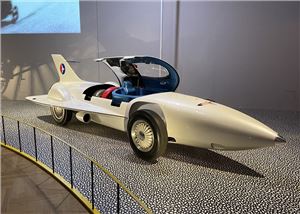
Firebird 1 concept – the car that wanted to fly
In the 1950s, General Motors produced a series of concept cars known as the Firebirds. Inspired by the new crop of jet fighters, the cars boasted the same fluid silhouettes and were fitted with turbine engines that could propel them to 200mph. These concepts wowed crowds at motor shows and exhibitions, offering a future that was unlikely to ever be realised.
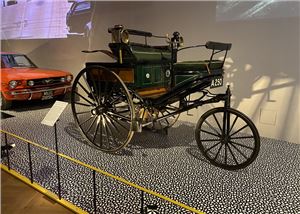
Benz Patent-Motorwagen No 3 – the car that started it all
Generally considered to be the world’s first automobile, the Benz Patent-Motorwagen was created by engineer Karl Benz in 1886. To publicise this creation, Karl’s wife Bertha took the car on a 60mph cross-country run. The PR stunt gave birth to the idea of motor racing – something which would drive automotive engineering forward for the years to come.
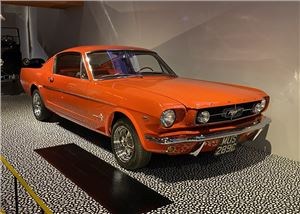
Ford Mustang Fastback – the car that sold speed and danger
Alongside the Pontiac GTO, the Ford Mustang Fastback ushered in the era of the ‘muscle car’. Affordable and equipped with go-faster engines, these offered America’s rapidly growing middle class a taste of speed that had previously been reserved for only the wealthiest drivers. But with increased power, came an increase in automotive accidents.

Delahaye Type 145 – the car that raced a nation
France might have invented the Grand Prix in 1906 but by the late 1930s, the events were being dominated by Germany’s Mercedes-Benz. So in 1937, the French Government offered car makers one million francs if they built a car that could beat Mercedes. The plan worked and the Delahaye Type 145 won the ‘million franc race’ and national pride was restored.
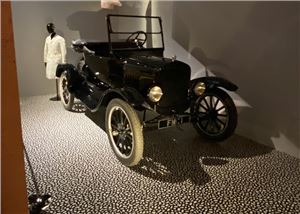
Ford Model T Tourer – the car built for the masses
Henry Ford wanted to make money. To do that, he had to build a car that could be mass produced but also mass purchased. Drawing on his experience of the meatpacking industry, Ford utilised the idea of an assembly line to build the car and the rest was history. More than 15 million Model Ts had been produced by the time the car was retired in 1927 – but it wasn’t all good news. Workers complained of both mental and physical aguish from repeatedly performing the same menial task, while others lamented the loss of skills.
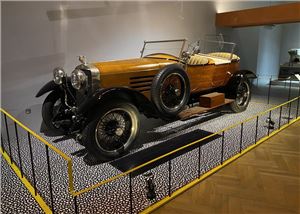
Hispano-Suiza Type H6B ‘Skiff Torpedo’ – the car for the 1%
Here's an example of a car that could only be afforded by the very wealthy. In 1919, Suzanne Deutsch de la Meurthe bought this chassis from the Paris car show. She then sent it to a coachbuilder who made and fitted the ‘skiff torpedo’ body. It would’ve been incredibly expensive … spot on for the look she was aiming for.

LaSalle Roadster – the car that mimicked luxury
While it might look like a high-end motor, the LaSalle was a factory-built work of art. Under those swoopy lines and bright colours was a mass-produced model from the General Motors stable that used as many common parts as it could to keep the cost down. In doing so, it created a template that manufacturers still use today.
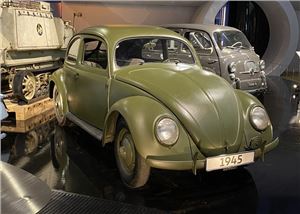
Volkswagen Beetle - the car for the people
In 1937, Adolf Hitler hired Ferdinand Porsche to design a car for the people - a car so affordable that every German could afford one. The creation of the Beetle was at once a way of boosting Germany's crippled post-war economy but also a brilliant piece of propaganda the Nazi party.

Autochenille – the car that crossed Africa
This is one of eight Citroen-based autochenilles that took place in the 20,000km trek across Africa - a project the manufacturer invested in during the 1920s and 1930s, primiarily for military use. The wheels at the front handle the steering while the tracks at the back give it an essential ‘go anywhere’ drive system. Handy when you consider it needed to cope with everything from deserts to tropical forests.
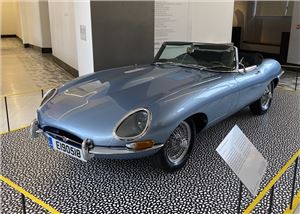
Jaguar E-type Zero – the car that moves tradition forward
Famously described by one Enzo Ferrari as ‘the most beautiful car ever made’, the Jaguar E-type is an icon of both British design and classic cars themselves. The E-type Zero uses a classic design but is driven by an electric, emission-free engine. Could it be the start of a brave new world? Possibly.
